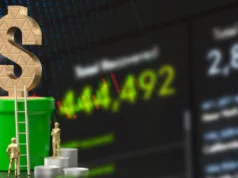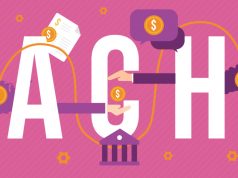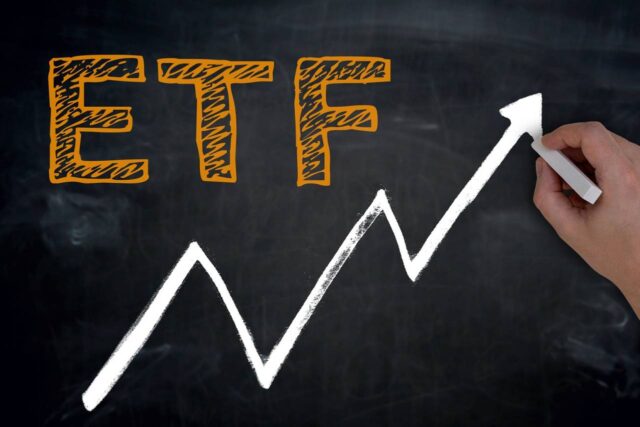
ETFs have seen a rise in popularity lately, especially as the wide range of investment options makes them a great candidate for Self Managed Super Funds, but what exactly is an ETF?
What is an exchange-traded fund (ETF)?
An exchange-traded fund (ETF) is a flexible and cost-effective way to invest without owning any stock. Instead of owning shares in a company, you put your money into a collection of securities. These can be made up of any type of bonds, shares, currencies, and commodities, where you don’t own a full part of any of the assets, but rather small units within each of the assets.
ETF prices are based on net asset value (NAV), rather than buyer demand, giving ETFs more flexibility and transparency than the more volatile stock market.
Why choose to invest in ETFs?

When choosing to invest your money an ETF is a popular choice for those new to the stock market. Because they are a basket of different units you get a varied portfolio that allows you to make gains from different sectors and even different currencies at the same time.
Types of ETFs
There are a number of different types of ETFs to choose from that will match different investor tastes and preferences. The main contenders are:
1. Passively managed ETFs
Passively managed ETFs are the most common. One of the reasons ETFs are affordable is their passive nature. In this case investment returns are replicated to benchmarks as closely as possible (i.e. the S&P/ASX 200 Index) with little need to monitor them or be actively involved.
While risks here are low, so are returns as the aim is only ever to match the index, not to get ahead of it. It provides investors with an easy-to-manage, low-cost option that brings reliable and steady results.
2. Active ETFs and hedge funds
Active ETFs and hedge funds are available on the market but are not as common. They take more work, with a professional investor at the helm to manage what is purchased from where and for how much. The manager’s aim is to seek out ETFs that will bring rapid returns by outperforming the index returns. Active ETFs are usually more expensive in terms of fees and charges, which might not make the slightly higher returns worthwhile.
3. Physically-backed and synthetic ETFs
ETFs, come with different backings, either physically backed, where there is an actual security in the index on hold (or a sample of these) meaning the rise and fall of the ETF value follows the genuine value of the held asset- or a synthetic backing. Synthetic ETFs use derivatives to mimic index or asset movements, synthetic ETFs are not as common and come with an increased risk as returns rely on both the market and the derivative performing well.
4. Investment options through an ETF
ETF investment options come in a wide range of styles to suit individual investor preferences. You can choose to invest in assets specific to a sector or industry, or select a mix of asset classes and individual assets from both the Australian and international share markets.
Diversified allocation across multiple asset classes can include:
- stocks
- fixed income (bonds)
- precious metals
- foreign currencies
- crypto
Benefits of investing in ETFs
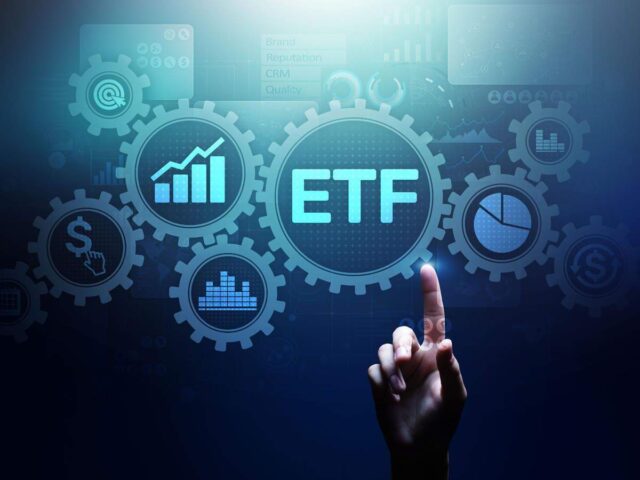
It’s important to research to see if the benefits of investing in ETFs align with your financial goals. Some of the main ETFs benefits are:
1. Diversification
A single trade can start your investment in a diverse range of assets including focused industries or mixed ETF types to match your desired risk and financial goals.
2. Transparency
All information related to ETF values and costs are published on the exchange and fund manager’s website so you have complete access to underlying portfolio holdings and net asset value (NAV).
3. Low cost
ETFs are often cheaper to invest in than shares, making them accessible for beginners. The passive tracking nature of ETFs gives them lower commissions and management expense ratios compared to other investments.
4. Easy to trade
Even complex ETF groupings can be purchased and sold during trading times as easily as shares, regardless of geographic region and asset class.
Risks of investing in ETFs
All investments, including ETFs, come with potential risks. Being aware of these helps you put actions in place to prevent them.
1. Market or sector risk
A benefit of ETFs is the ability to diversify your portfolio with a range of different assets. If you choose to purchase a bundle that is specific to one industry, you won’t have a safety net if that sector is negatively affected.
2. Currency risk
ETFs with international assets run the risk of losing money if currencies change suddenly. To combat this some ETFs are ‘currency hedged’ to help balance out potential losses.
3. Liquidity risk
Some assets such as property take time to finalize. There is a risk that a gap can arise between the stated asset value when you decide to sell and your actual return if the NAV changes during the settlement period.
4. Tracking errors
If the backed asset is slightly different to the index it results in a tracking error whereby you don’t get the expected return. Other reasons tracking errors occur and returns are not as advertised can be due to fees, taxes and other expenses.
How to buy and sell units in ETFs?
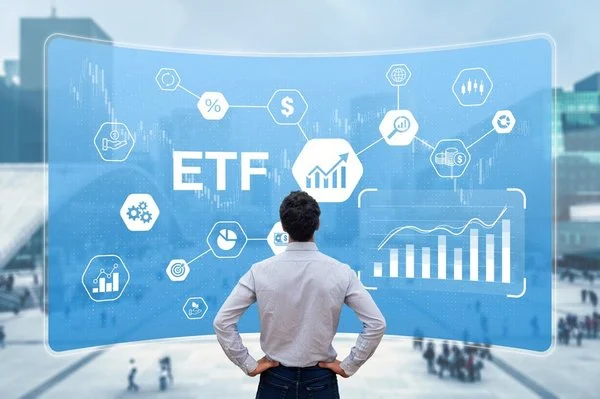
Buying and selling ETFs is as simple as buying and selling shares. You will need a stockbroker to access the exchange who will charge fees and/or commissions.
Sometimes you can also buy and sell ETF units directly through the ETF provider at the end of the trading day.
As well as offering variety, ETFs are easier to trade and come with lower fees so you can begin your investment journey without as much capital. It’s a good way to get a feel for how stock markets and shares operate without the high risk. Learn more about investing in ETFs to ensure they’re a sound option for your portfolio.



